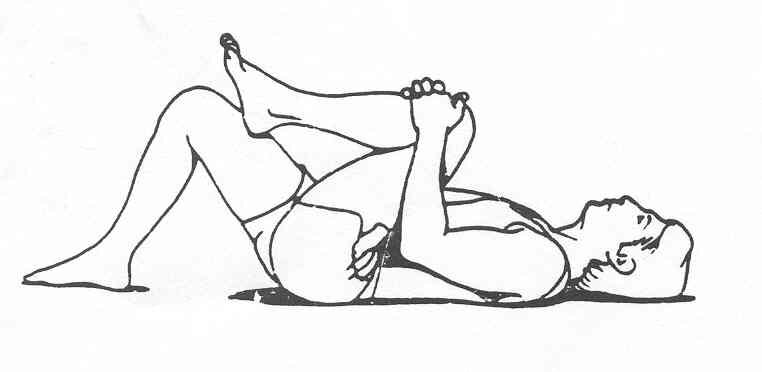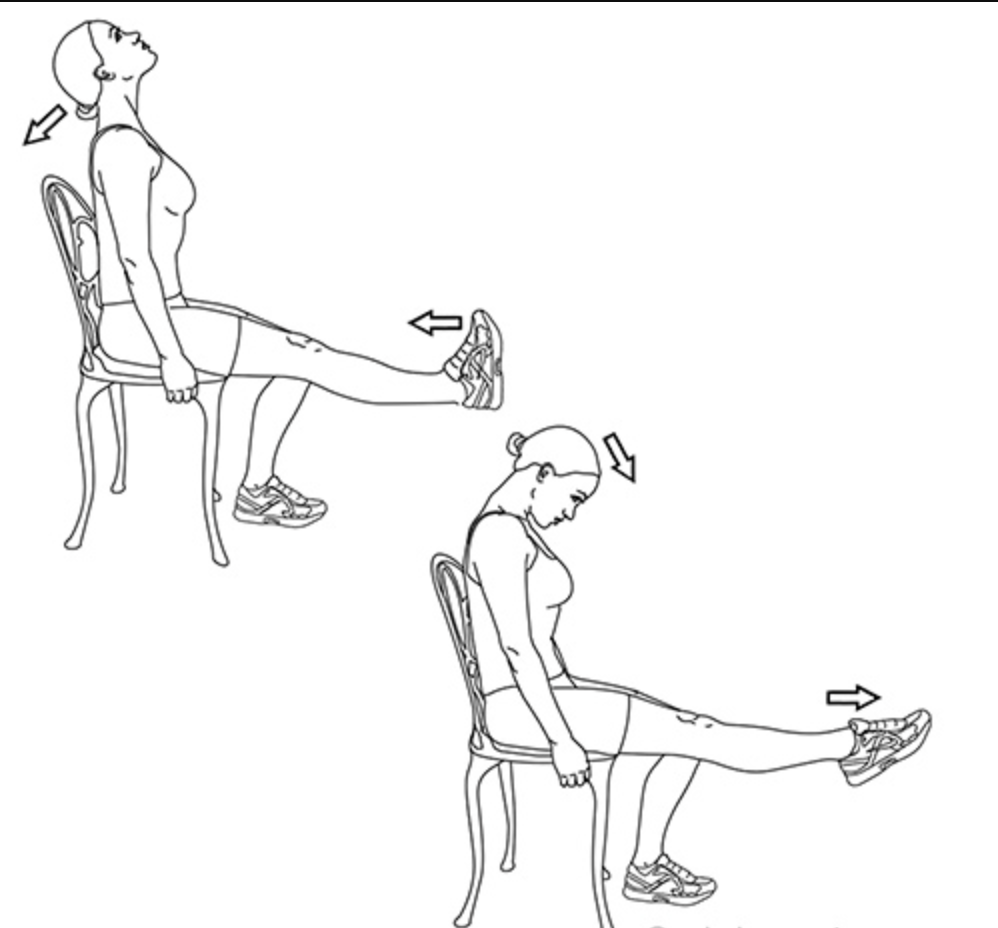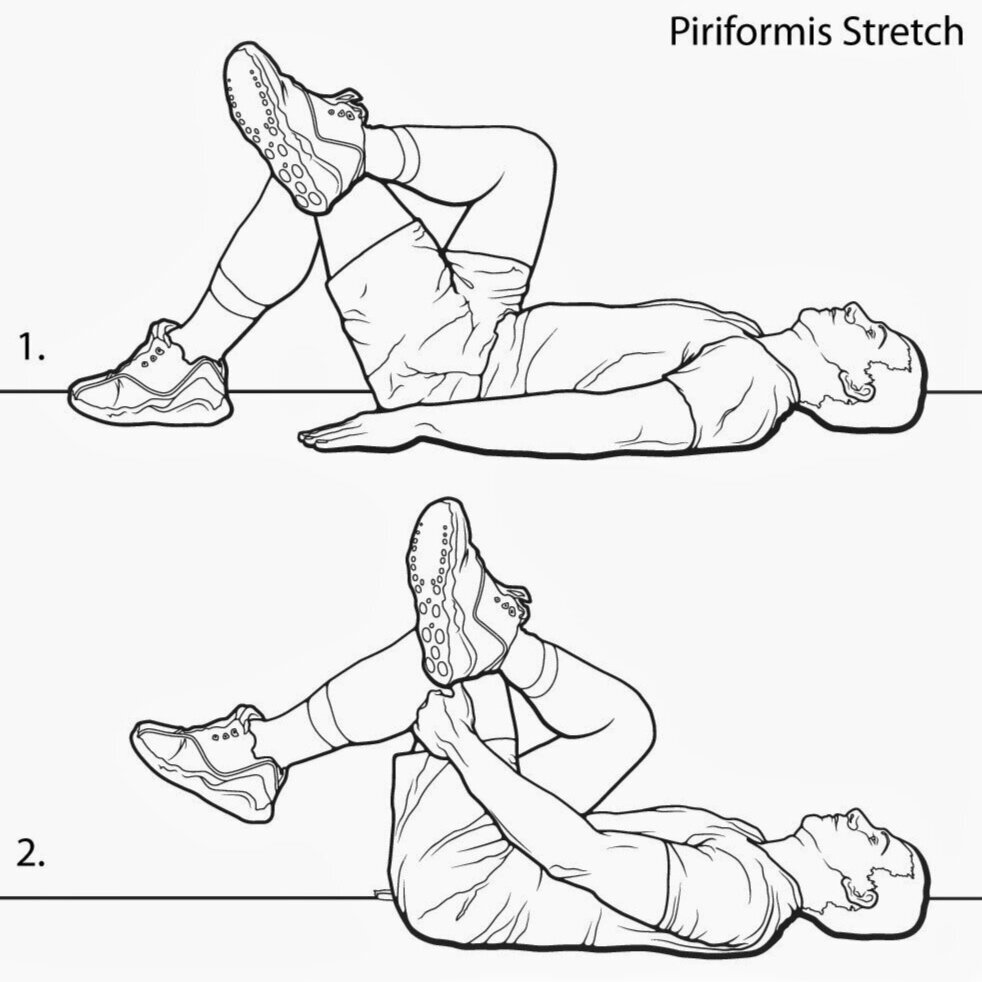Ultimate Guide To Nerve Flossing And How It Can Help You
What is nerve flossing?
Nerve flossing is becoming a widely popular treatment, and with good reason. Nerve “flossing” generally means performing a stretch in 2 directions that are designed to “pull” a nerve back and forth, much like that of when you floss. Nerve flossing, also known as neural gliding, can be made up of multiple exercises that all work together to “mobilize the nerve” (Sissons, 2020; Pietrangelo, 2018; Lovell, 2021). It is commonly used to help alleviate pain typically caused from “compressed or irritated nerves” (Sissons, 2020; Pietrangelo, 2018). This compression or irritation can be a result of an injury, disease, and/or changes that occur to the surrounding structures of the nerve. Aside from alleviating pain, it can also help to increase one’s range of motion (Sissons, 2020; Pietrangelo, 2018; Lovell, 2021). Nerve flossing is often used in conjunction with other treatment methods, such as physiotherapy, medication, etc., to maximize the outcome (Sissons, 2020; Pietrangelo, 2018; Lovell, 2021).
Different nerves to floss
Nerve flossing exercises are generally the same throughout the process (to mobilize the nerve), however, there are many different nerves one can mobilize. For example, some focus on exercises targeted towards sciatica or piriformis syndrome. Others may focus specifically on ulnar, median, femoral, and/or sciatic nerve flossing. As well, one may focus primarily on the nerves of the arm. The different types of exercises essentially differ only from the nerve it targets, and the structures involved.
Guidelines and points to focus on while nerve flossing
(Pietrangelo, 2018; Lovell, 2021)
- “It should not be painful”
- Remember to keep breathing
- Muscles should be relaxed
- Start slow and gradually increase the number of repetitions
How to nerve floss
Depending on the location of the irritation and pain, different exercises will be utilized to target the different nerves associated with those symptoms. Listed below are some exercises for the different types of syndromes. The duration of each hold, per exercise, may differ from what is written or suggested as it is highly dependent on the individual and their tolerance level. However, what is written are the general guidelines.
“Numbness, weakness, and/or radiating pain/pain in the lower back, buttocks, legs, and/or feet” (Pietrangelo, 2018).
“Knee to chest stretch” (Pietrangelo, 2018; Sissons, 2020): Lying down on the back with legs extended, bend one leg at the knee. Use the hands to gently pull the knee towards the chest while in line with the hip. Hold the stretch for 20-30 seconds. Relax and repeat with the other leg. Perform the stretch 3 times per leg.
“Seated sciatic nerve floss” (Lovell, 2021): Sitting upright with knees and feet shoulder width apart, extend one leg straight and flex the foot towards the body. Next, tilt the head backwards. Release by bringing the head back down, chin towards the chest, and bring the leg back, a bit past 90⁰ towards one’s buttocks. Repeat this with the opposite leg. Perform this exercise 10 times, 2-3 times per day.
Piriformis Syndrome:
“Pain in the buttocks, hips, and/or hamstrings” (Sissons, 2020)
Lying down on the back with legs extended, bend one leg at the knee. Using the hands, bring that knee and foot towards the opposite shoulder by moving it across the body. Hold for 5 seconds, release slowly, and return to starting position. Repeat exercise 5 times per leg, 2-3 times per day.
Carpel Tunnel Syndrome
Pain, weakness, and/or numbness located near the wrist and/or forearm region (Pietrangelo, 2018).
Focus: median nerve glides
Sitting upright with arms at 90⁰ with palms facing up, make a fist and hold for 5-10 seconds. Release fingers by extending them back and hold for 5-10 seconds. Repeat 5-10 times.
Sitting upright with arms at 90⁰ with palms facing up, bend the wrist back and hold for 5-10 seconds. Repeat 5-10 times.
Thoracic Outlet Syndrome
Pain, weakness, and/or numbness located in the upper arm, neck, and/or shoulder (Pietrangelo, 2018).
Focus: brachial plexus nerve glides
Standing upright, arms at the side, shrug shoulders back and up. Relax. Next, shrug shoulders up. Relax. Repeat 10 times.
While lying face down, clasp 2 hands behind the back. While inhaling, raise the head and chest up and bring the 2 shoulder blades together. Hold for 3 seconds, relax, and then repeat 10 more times.
Is nerve flossing dangerous?
Nerve flossing is relatively safe with few risks and should not cause any additional problems if people perform the exercises with caution and follow the general guidelines and tips listed above (Pietrangelo, 2018). However, it is best to consult a practitioner for a diagnosis of the problem before partaking in nerve flossing as it may provide insight on whether nerve flossing is advised or not and will help individuals select exercises geared towards the underlying problem (Pietrangelo, 2018; Lovell, 2021). For example, nerve flossing is not advised for acute cases as that may cause more unnecessary aggravation to the nerve, although, it may be performed with caution and/or supervision from a knowledgeable health care practitioner in the field (Lovell, 2021).
Final words on nerve flossing
Nerve flossing is used by many and is relatively safe for the public when done correctly and with purpose. Regardless, it is always best practice to consult with one’s doctor before partaking in such exercises. If nerve flossing does not help with the irritation and pain, one should seek medical attention as it may suggest other underlying problems and/or it may point towards incorrect form or exercises being used. All in all, simple exercises can be utilized to mobilize one’s nerve(s) to reduce the irritation or pain and increase one’s range of motion.
Have a Question?
Our physiotherapists are available to answer any questions you may have regarding your health.
Fill out your question on the form, and our friendly staff will be in touch!












